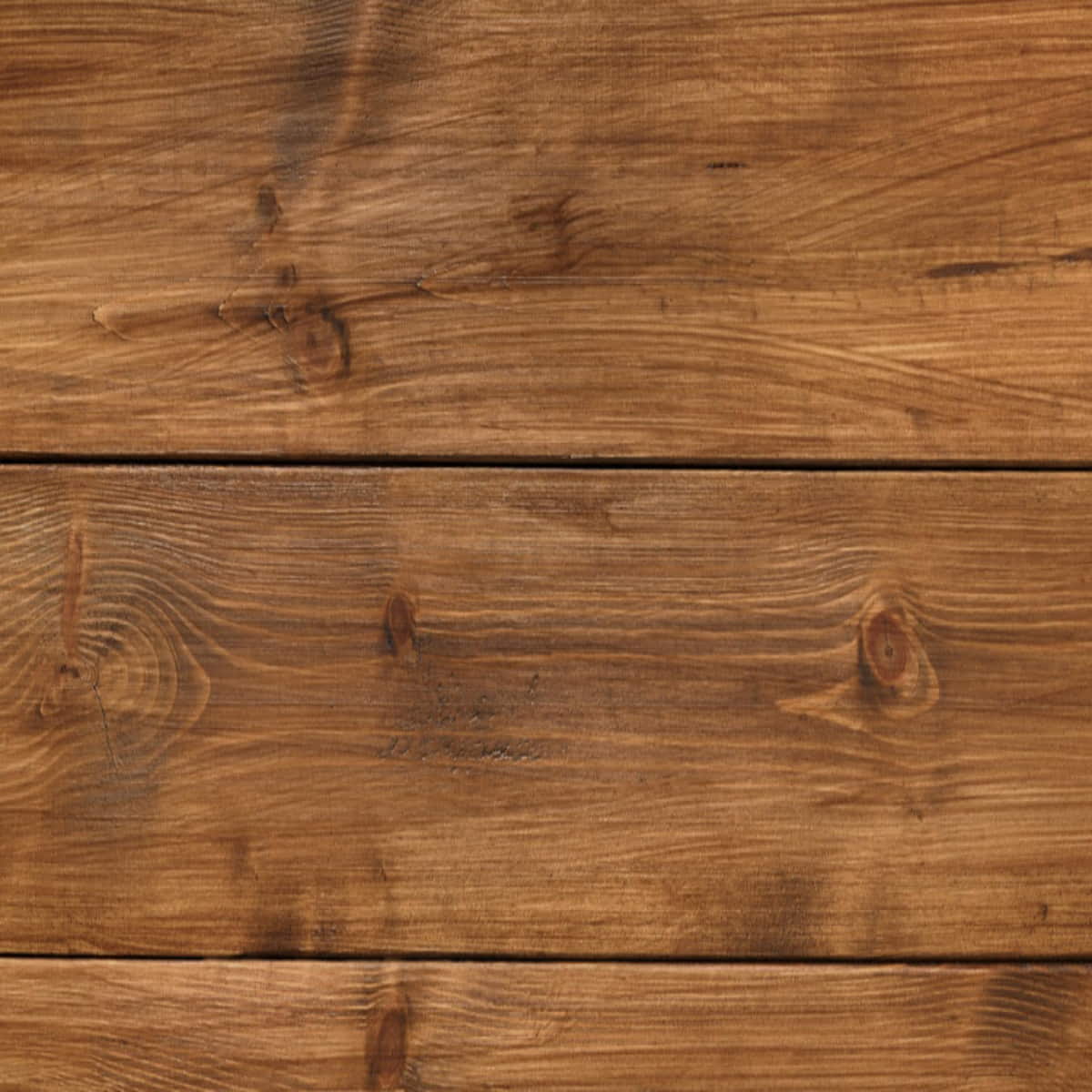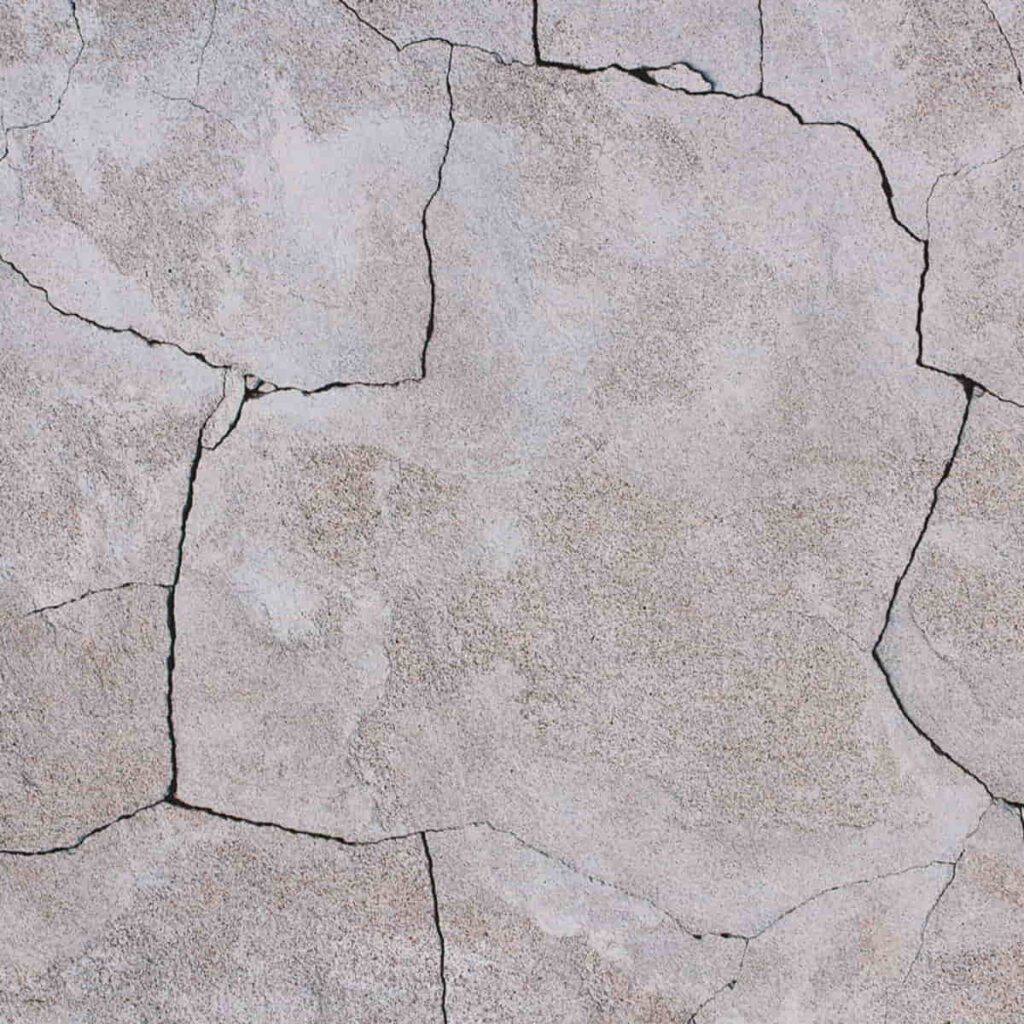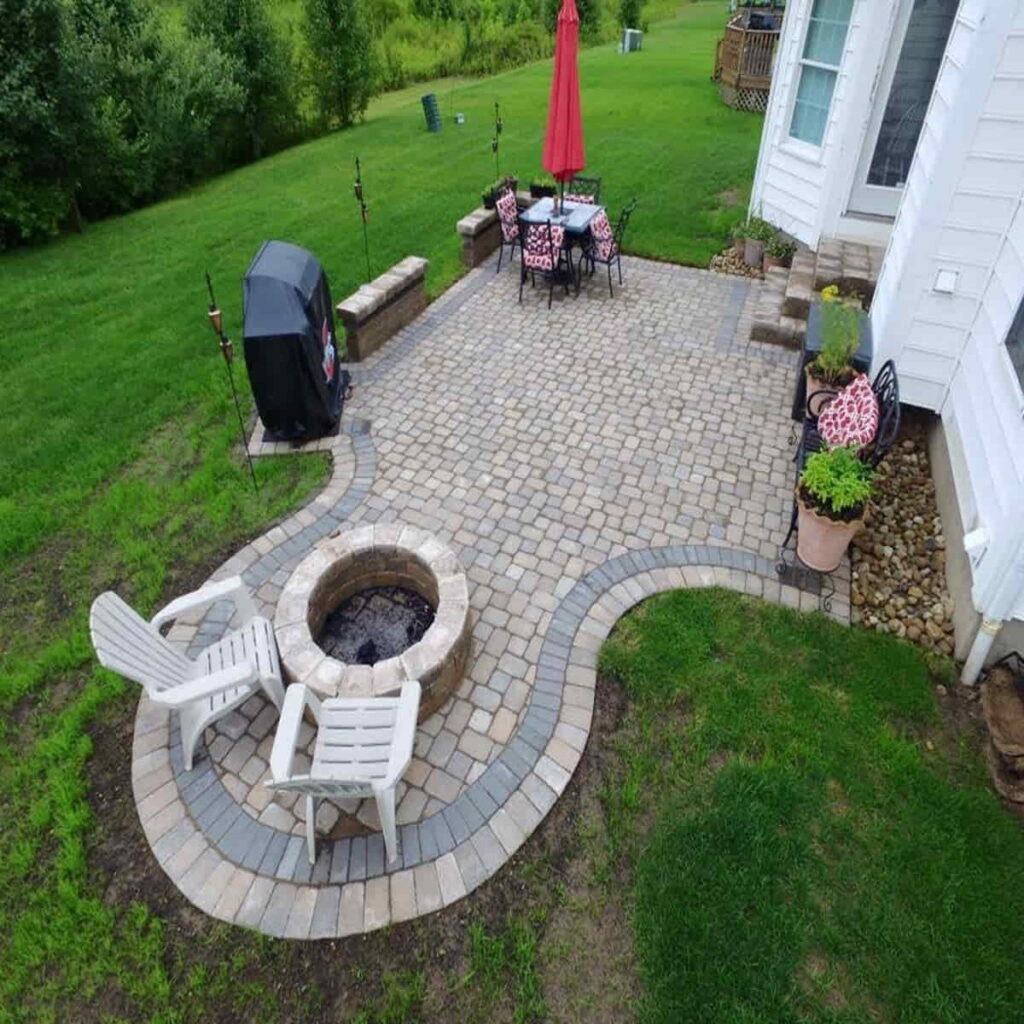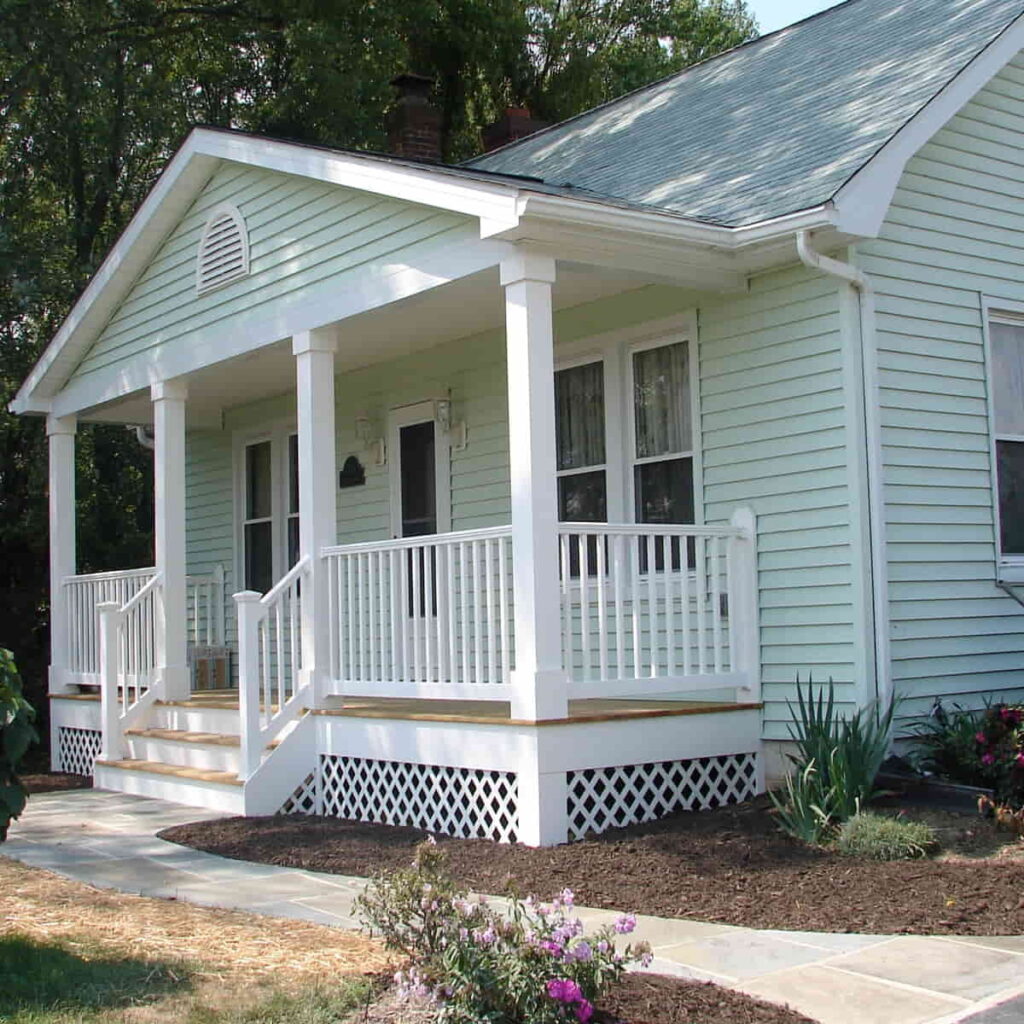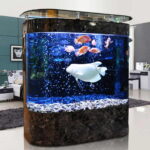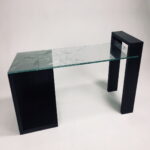Many people wonder whether pressure treated wood can be safely used inside the house for various projects. Pressure treated wood is a popular choice for outdoor projects due to its durability and resistance to decay and insects.
In this article, we’ll explore the question: can pressure treated wood be used inside? We’ll delve into the characteristics of pressure treated wood, potential risks of indoor use, suitable indoor applications, and best practices for using pressure treated wood indoors.
Can Pressure Treated Wood Be Used Inside?
What Is Pressure Treated Wood?
Before discussing its indoor use, let’s understand what pressure treated wood is. Pressure treated wood undergoes a process where preservatives are forced into the wood under pressure, enhancing its resistance to rot, decay, and insect damage.
The most common chemicals used in this process are copper-based compounds, which provide excellent protection against moisture and pests.
Potential Risks of Indoor Use
While pressure treated wood offers superior durability, there are considerations when using it indoors. One concern is the chemicals used in the treatment process.
Although modern treatments are safer than older methods, there may still be residual chemicals that could potentially leach into the indoor environment. This raises questions about safety, especially in areas with frequent human contact or where food is prepared.
Suitable Indoor Applications
Despite the potential risks, pressure treated wood can be used indoors in certain situations. One common application is in basements or crawl spaces where moisture levels are higher, making untreated wood susceptible to rot.
Using pressure treated wood in these areas can help prevent moisture-related issues and prolong the lifespan of the structure.
Best Practices for Indoor Use
When using pressure treated wood indoors, it’s essential to follow best practices to minimize any potential risks. Here are some tips:
- Seal the wood: Apply a suitable sealant or paint to the surface of the pressure treated wood to create a barrier that reduces the chances of chemicals leaching into the indoor environment.
- Ventilation: Ensure adequate ventilation in enclosed spaces where pressure treated wood is used to allow any off-gassing of chemicals to dissipate.
- Avoid direct contact: In areas where human contact is frequent, such as handrails or countertops, consider using alternative materials to avoid direct contact with the treated wood.
- Regular maintenance: Monitor the condition of pressure treated wood indoors and perform regular inspections and maintenance to address any signs of deterioration or chemical leaching.
Can Pressure Treated Wood Be Used Inside? : Final Thoughts
In conclusion, the use of pressure treated wood indoors is possible but requires careful consideration of potential risks and adherence to best practices.
While it offers excellent durability and resistance to moisture and pests, concerns about chemical leaching necessitate precautions such as sealing, ventilation, and avoiding direct contact in sensitive areas.
By following these guidelines, pressure treated wood can be used effectively and safely for indoor projects, enhancing the longevity and performance of structures.

